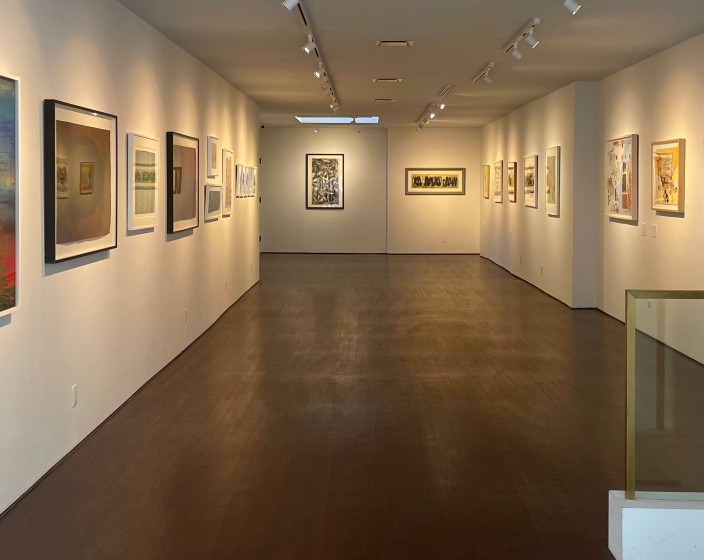
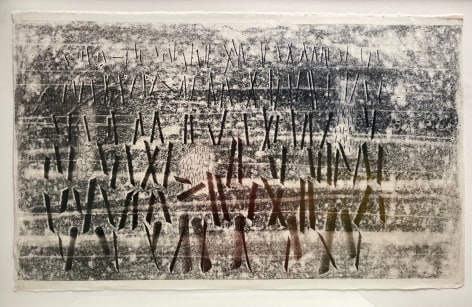
7161, 1970
Monoprint on rice paper
23 1/2 x 38 3/4 inches
Frame: 31 x 45 inches
Numbered lower right
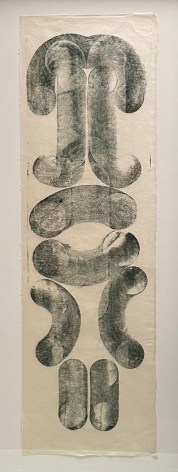
1887, 1970
Monoprint on rice paper
37 1/2 x 11 3/4 inches
Frame: 48 1/2 x 22 inches
Numbered lower right

2022, 1970
Monoprint on rice paper
11 1/2 x 38 1/4 inches
Frame: 22 1/2 x 48 inches
Numbered lower right
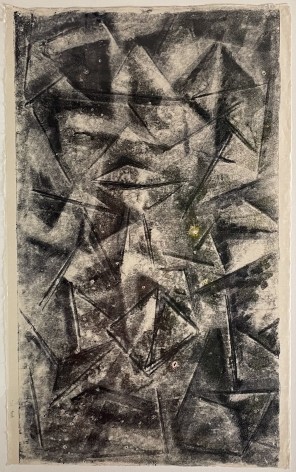
1163, 1970
Monoprint on rice paper
38 1/4 x 23 1/4 inches
Frame: 45 3/4 x 31 1/4 inches
Numbered lower left
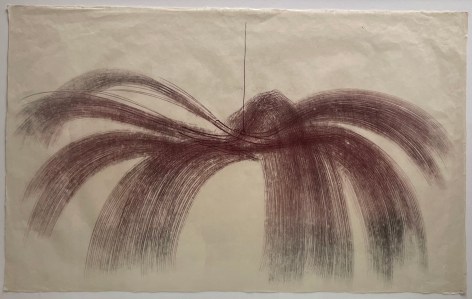
822, 1970
Monoprint on rice paper
23 1/4 x 38 1/2 inches
Frame: 31 1/2 x 46 inches
Numbered lower right
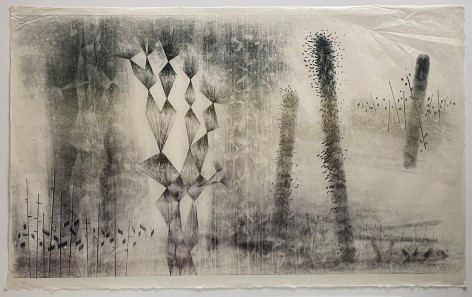
837, 1970
Monoprint on rice paper
23 1/2 x 38 1/4 inches
Frame: 31 1/2 x 46 inches
Numbered lower right
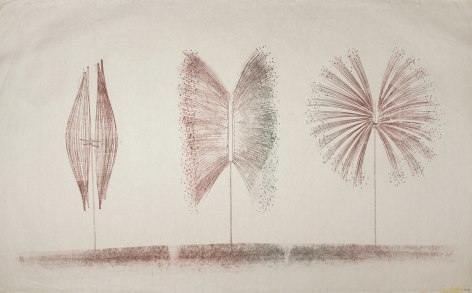
1305, 1970
Monoprint on rice paper
23 1/2 x 38 1/4 inches
Frame: 26 7/8 x 41 7/8 inches
Numbered lower right
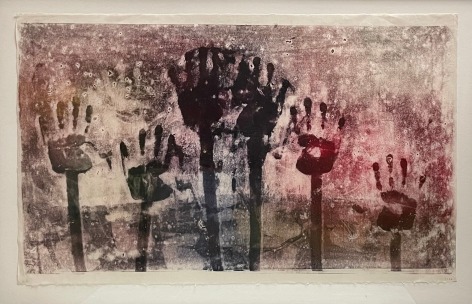
1166, 1970
Monoprint on rice paper
23 1/4 x 38 1/4 inches
Frame: 31 1/4 x 45 3/4 inches
Numbered lower right
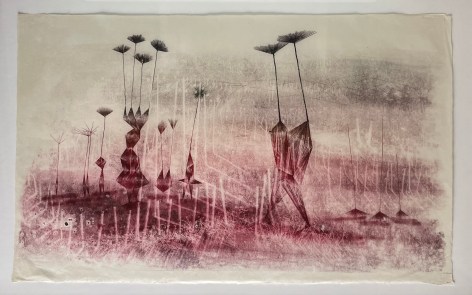
840, 1970
Monoprint on rice paper
23 1/2 x 38 1/4 inches
Frame: 31 1/2 x 46 inches
Numbered lower right
SOLD
Harry Bertoia was born in San Lorenzo, Italy and immigrated to Detroit, Michigan at fifteen-years-old. He studied art in high school and later attended the Cranbrook Academy of Art in Bloomfield Hills, Michigan from 1937 to 1943. Throughout his studies, he began to experiment with printmaking. His disinterest in the duplication inherent to the medium precipitated the use of movable plates and hand embellishments, distinguishing one print from the next through a series of flexible forms. In his search for a critical perspective on his experimentation, Bertoia sent one hundred of his monoprints to Hilla Rebay, Director and Curator of the Museum of Non-Objective Painting (the first incarnation of the Solomon R. Guggenheim Museum), New York. To Bertoia's surprise, Rebay asked for pricing and purchased numerous prints for her personal and the museum’s collection. In 1943, Rebay exhibited nineteen of the prints at the museum.
Bertoia held an interest in metal working and he moved to Los Angeles in 1943 to work as a furniture designer. He participated in welding courses at Santa Monica City College and completed his first sculptures in 1947. Bertoia was invited by Hans and Florence Knoll to move to Pennsylvania to work with the furniture company. The Bertoia chair collection was introduced by Knoll in 1952.
Though Bertoia is most well known as a furniture designer and sculptor his interest in printmaking remained a constant throughout his career. Bertoia made thousands of monotypes; he loved the quickness and spontaneity of the medium. While sculptures took weeks or months to produce, monotypes could come to life in mere minutes. The process typically involved inking a glass surface, placing paper over the inked surface, and then creating designs with fingers or hand tools from the backside of the paper. Like the Sonambient sculptures, each monotype is unique; though Bertoia would often return to an idea or form, no two monotypes are identical. These works also vary greatly over the course of his career, ranging from colorful abstractions made in the 1940s to the sculptural ideas he experimented with in the 1950s, 60s, and 70s.
Among his many awards were the Gold Medal given by the Architectural League of New York (1955-56), the Fine Arts Medal from the Pennsylvania Associated of the American Institute of Architects (1963), and two honorary doctorate degrees from Muhlenberg College (1971) and Lehigh University (1976) in Pennsylvania. His works can be found in various private and numerous public collections, including: The Art Institute of Chicago, Illinois ; Denver Art Museum, Colorado ; Milwaukee Art Museum, Smithsonian Institution, Washington D.C. ; Museum of Modern Art, New York ; Musée des Arts Décoratifs, Paris ; Museum of Fine Arts, Houston ; and the Whitney Museum of American Art, New York.